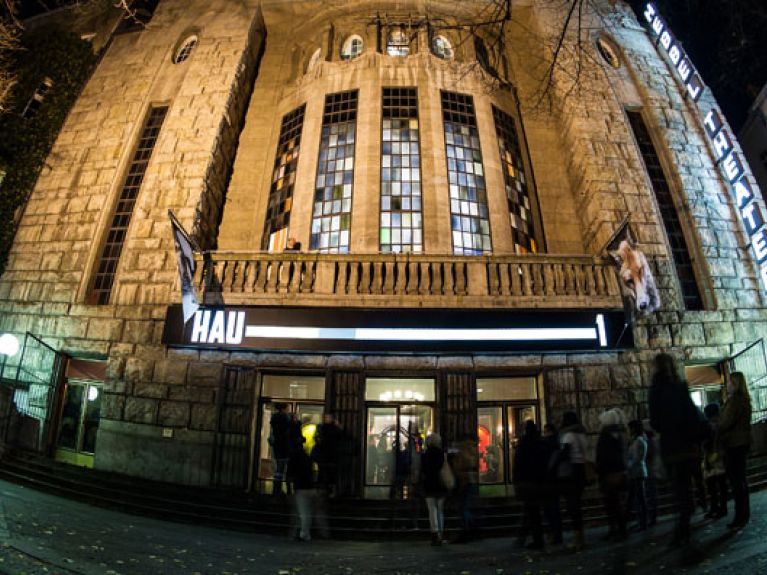Re-exploring utopias
The Berlin Festival Foreign Affairs provides an impressive stage for international avant-garde performative art.

What does art require? That sounds like a simple question. The Belgian Frie Leysen, first curator of the Foreign Affairs format inaugurated in 2012 by the Berlin Festival, provided a far-reaching reply: consideration of artists’ needs; sufficient scope to link several works into a history of their development. This has become a specification for the meantime internationally renowned programme of the Festival for Contemporary Performative Art, and continues to be a concern of the current curator Matthias von Hartz.
The 2015 edition, for example, with premieres of works by Belgian director and dramatist Jan Fabre as well as the performance groups Needcompany and Forced Entertainment, enabled audiences to become immersed in the almost 30-year-old history of avant-garde theatre. These precursors of performative art, with their references to the fine arts and pop music, their work on narrative time, which can become extremely expanded as in Fabre’s 24-hour performance Mount Olympus, their aspiration to disband representative forms of presentation in favour of community-forming rituals, have had a great influence on theatre, altering its whole concept. In the four years of its existence, Foreign Affairs has focussed on the South African theatre personality Brett Bailey, the French choreographer Boris Charmatz and his Musée de la dance or the Spanish performance artist Angélica Liddell, whose works make extreme demands. Or it has offered the Israeli choreographer Hofesh Shechter a stage on which to link a critique of domination with a dynamic dance style.
The festival is more a place of in-depth encounter than a forum for new discoveries, as many of these artists have already performed at the Hebbel am Ufer venue or the Berlin Festival. Here, artists, audiences and large numbers of students have the opportunity to re-explore artists’ utopias. In the performance Mount Olympus, for example, stage and auditorium were separated, contrary to what Jan Fabre wanted. Yet such unfulfilled ideas may lead to a rethinking of failure, thereby engendering new forms and narratives that nourish scepticism about the old dividing line between modern and post-modern.
As Thomas Oberender, artistic director of the Berlin Festival, repeatedly emphasised, Matthias von Hartz is to be credited with a further service to this “festival between the arts”: opening up the house of the Berlin Festival, in the former West Berlin, to a new and clearly younger audience. This surely also has to do with the concerts featuring the German independent band The Notwist and the 25-year old Brazilian singer Dillon. Above all, it had to do with the campus atmosphere, the connection made with student audiences, giving the clear impression that art and its history are not only consumed but also discussed here. ▪

